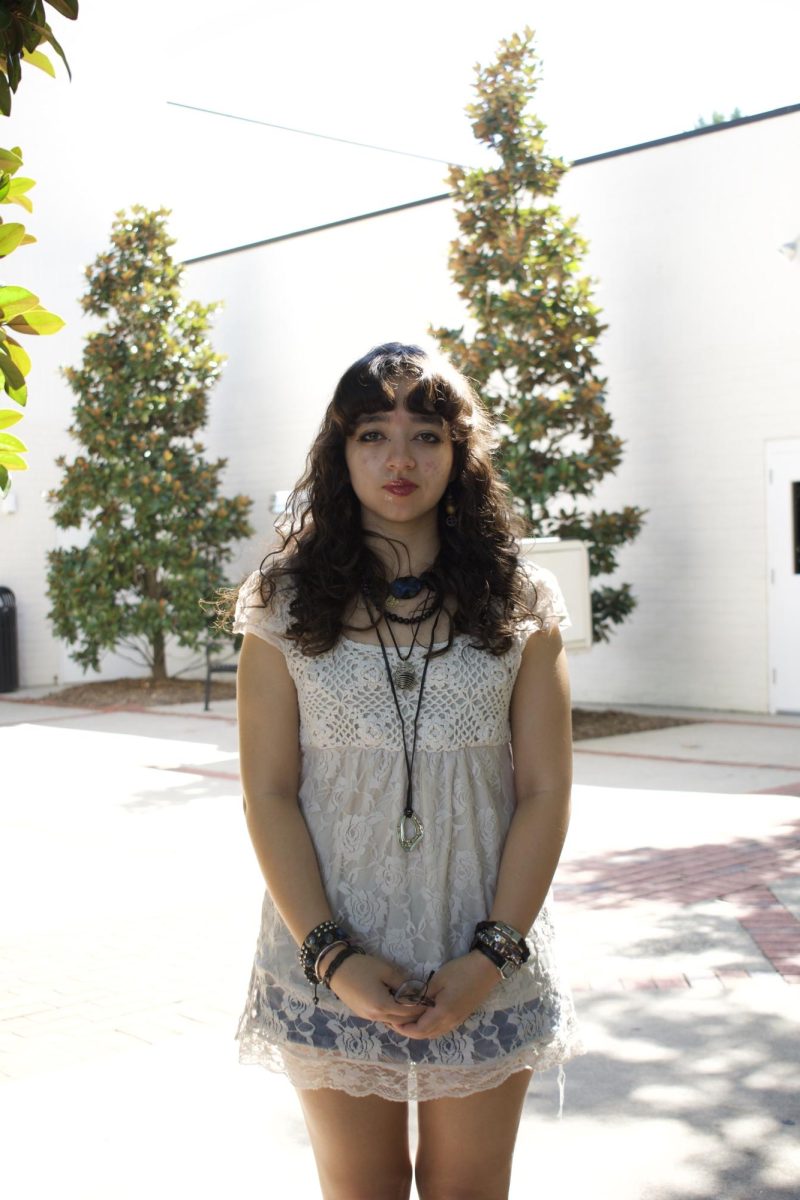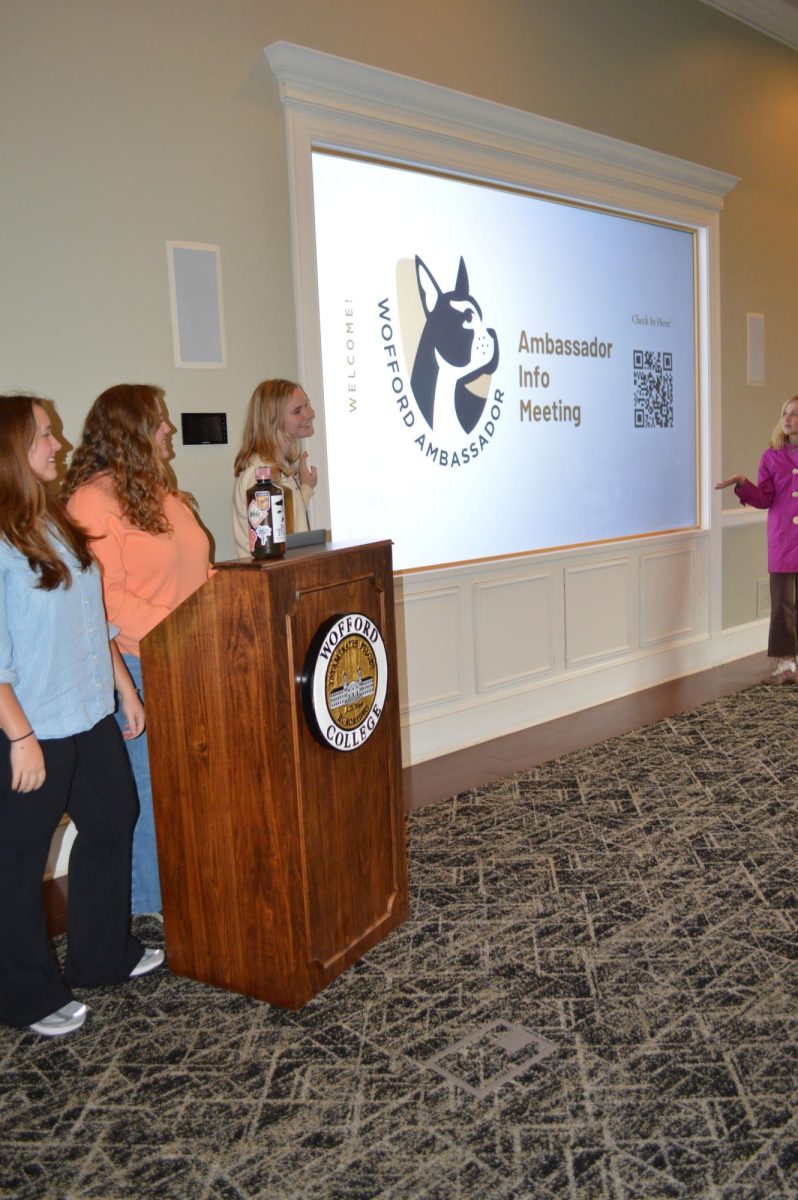By Joe James, Contributing Writer
In the article “Can we talk about race?,” written by Jonathan Franklin and Savanny Savath, neither the writers or students quoted in the article make a single prescriptive comment about how to solve problems involving racism on campus. In his op-ed, H.D. Stone imagines policy prescriptions within that article and subsequently refutes arguments no one is making. He takes great artistic license, conflating the desire to suppress free speech and abandon the constitution with those who point out the reality of racism, rampant micro-aggressions in social discourse, racial bias and how institutions do not combat these racist realities in spite of their negative consequences. This conflation is unfounded, outright false and a method used nationally, both in print and in social settings, to derail the conversation concerning racism.
The concepts of diversity and inclusion are not antithetical to free speech, they are necessary for free speech. Our society has a muddled understanding of free speech; namely, we think the only way to suppress it is through government suppression (such as censorship) or physical violence (physical intimidation, arrests, etc). Such an understanding neglects the reality of other power structures and how they influence the expression of free speech. One of those power structures is a social environment, like that of a small college campus. At Wofford, a place which has a tight-knit social environment, those who openly express views critical of the harmful biases of their peers, their professors and the institution at-large are met with social exclusion, anger, “covered ears” and other influences that discourage that expression. Most students don’t want to be excluded socially for voicing unpopular opinions, and so they don’t speak up publically as a result. Some students are willing to take the risk and some students of color have found spaces where they feel comfortable communicating their opinions and grievances about Wofford Culture without direct backlash in their social life. But they, for the most part, are a minority of the student population. In this way, you’ll see some students (not all of them people of color) attempting to advance conversation about the negative side of Wofford Culture, others denying the advancement of this conversation and another group who feels socially discouraged to speak up on behalf of either side.
This is a problem directly correlated to a campus culture that is fundamentally un-diverse, openly hostile to a culture of diversity and inclusion. When we don’t have diversity or inclusion, a monolith of one dominate faction of society (at Wofford, white people) can socially discourage conversation that advances the interests of other factions (people of color). This can be seen in this conversation with those such as Stone falsely framing the conversation as necessarily signifying personal regression for everyone (IE “suppression of free speech”). In this particular case, Stone derails the subject and demonizes those who are being critical of social and cultural norm as being against free speech and thus in favor of suppressing others, when no one has proposed anything of the sort.
As a result, the notion of “let’s talk about how racism exists today on campus and how we can combat it” turns into “tyrannical liberals want to take away my speech and destroy what made America great” as a narrative due to such framing. The neutral majority is predisposed to be against any conversation involving racism on campus because to be in favor of doing so, according to Stone’s false narrative, means being in favor of suppressing free speech before a conversation could even be had. Thus, Stone’s framing goes a step further than engaging in a culture that doesn’t embrace controversy or diversity, but actively suppressing the proliferation of diverse opinions within the framing of the conversation itself. For Stone, you’re either for free speech or for combatting racism, they are opposite sides of a paradigm, and there is no in-between.
Not only is this disingenuous and false framing, but it betrays the spirit of free speech. It is those critical of social and cultural norm (those wishing to start a conversation about racism) who need their speech protected and heard the most. In effect, those such as Stone who wish to silence conversation by mischaracterizing different opinions, demonizing different opinions with disingenuous framing and utilizing a campus culture of conformity to minimize conversation are the ones actually suppressing free speech. This framing and utilization of social power to suppress free speech is cultural norm at Wofford College. Until we can rid ourselves of this cultural norm, we really can’t talk about race at Wofford College as it practically affects people’s lives.



























Daniel Veremchuk • Dec 13, 2015 at 5:34 pm
Really well done Joe 🙂
Monique - Wofford alumna • Dec 10, 2015 at 6:56 pm
Wonderful article, thank you for writing it.